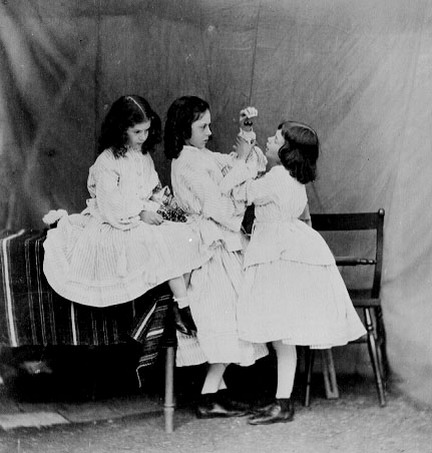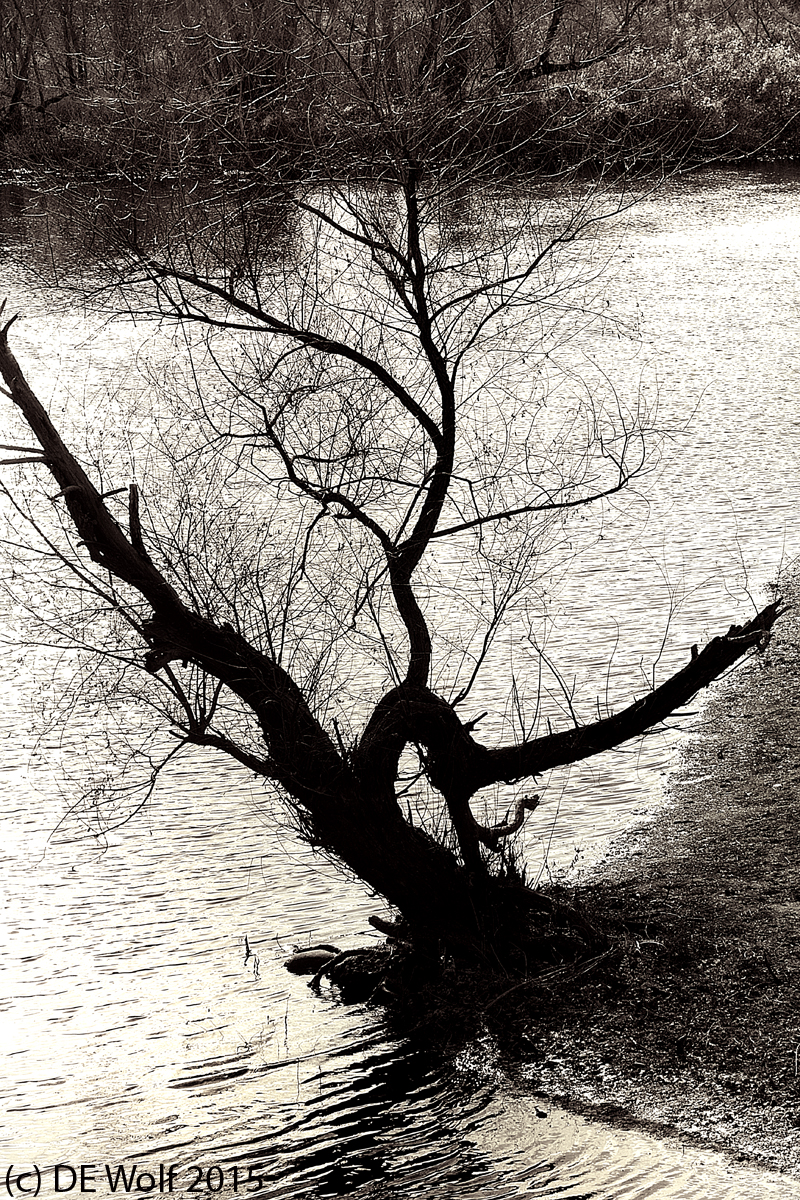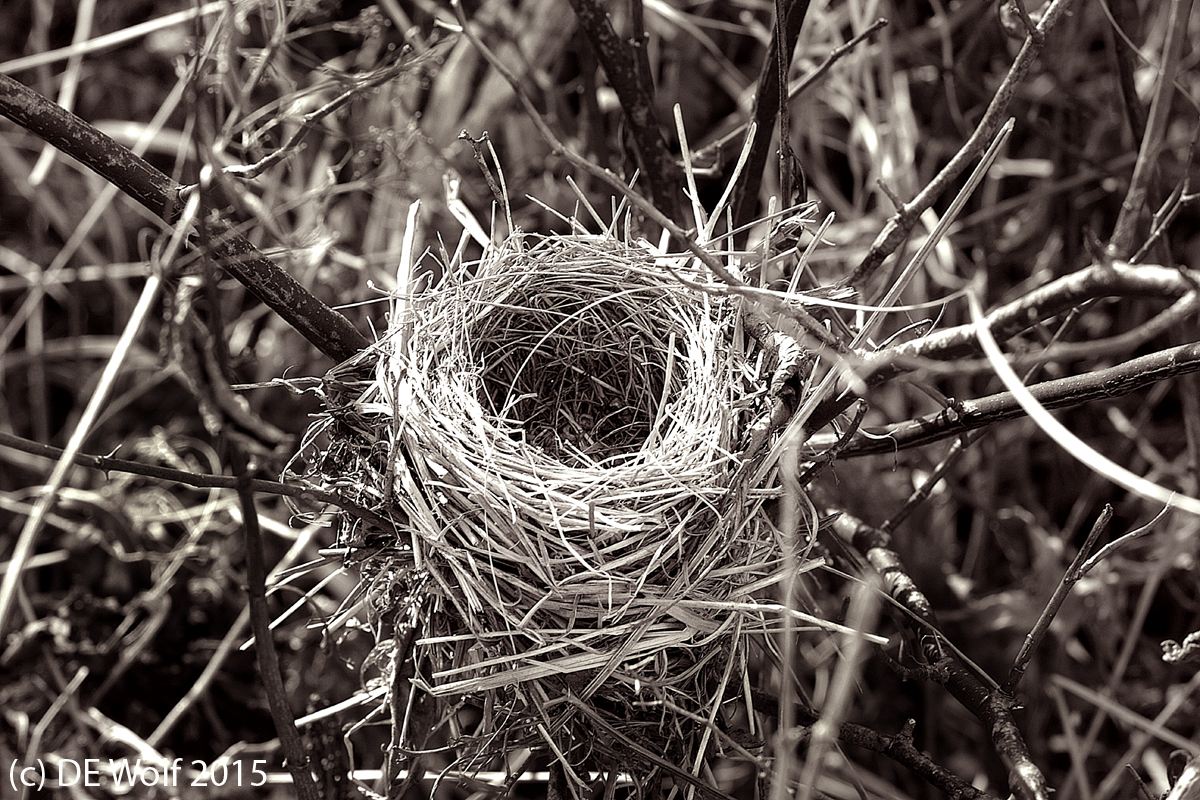Blogstyle – Wedding!
Darkness
I would like to express my contempt for those that each November plunge us into unwanted darkness. In their “infinite wisdom” (NOT) “they” end daylight savings time and we get to drive home in the dark. What a pain. Well this is it, Tonight in Boston December 8th along with tomorrow night, we have our earliest sunset. After that and until the solstice the duration of daylight continues to become shorter, but comes off at the other end with progressively later and later sunrises.
There I am in Figure 1 driving home (not driving at the instant of the selfie) with a displeased look of contempt on my face. My contempt is for “them.” And who are “they?” “They” are the members of the United States Congress and Senate. That should explain my contempt. This is not a very reliable or thoughtful group.
I must content myself with the fact that we will soon be on the ascendance. And, of course, there is a certain poetry to New England winters – to the sense they are to be conquered. I am reminded of the words of Robert Frost, the poem that I first read in elementary school “Stopping by the Woods on a Snowy Evening:”
By the edge of the river
It is a very strange year. Thanksgiving has come and past, and it is now December. But Boston has been warm and snowless, leaving us all with the sense that it was summer only yesterday. Still the beautiful bleakness and the darkness of a world nearing the winter solstice has set in. I took the photograph of Figure 1 about ten days ago. That little tree stands guard in all seasons just where the Concord River turns to go under the Old North Bridge. If water only had eyes and remembrance, but it has neither. Rather the river and, indeed, this little tree in majestic silhouette are merely metaphors. I so much love this quintessential American place.
Canon T2i with EF70-200mm f/4L USMlens at 70 mm. ISO 400, Aperture Priority AE mode, 1/1000th sec at f/9.0 with no exposure compensation.
John Morrison and Harold Burdekin – London at night
Reader Andrew has brought to my attention a series of remarkable photographs taken in the early 1930’s by John Morrison, Harold Burdekin of the city of London at night. These collaborators made two critical choices which, I think, define this magnificent work. First, they chose a London devoid of people. It is a London straight out of Sherlock Holmes, cold, draped in a fog of industrial polution, and dangerous. Indeed, you find yourself looking reflexively for the detective pair of Holmes and Watson in the shadows. Watson is armed with his service revolver – from his days in Afghanistan. Second, they chose the bluest of cold tones, projecting a true pictorialist inkiness. To my taste, I actually prefer the images as blacks and white, but I think it important to preserve the artists’ vision.
I believe that my favorite of these images is that of St Bartholomew’s Hospital, Smithfield – Gothic to the nth degree. And I will point out that “Barts” features heavily in the Sherlock Holmes stories. St. Bartholomew was the location of Watson’s medical training and the initial meeting between the two occurred in a chemical laboratory at St. Bartholomew in Arthur Conan Doyle‘s 1887 novel A Study in Scarlet.
Night is a time of uncertainty and just a touch of primordial fear. This is enhanced in night photography where artificial, or even, moonlight creates an ethereal other-worldliness. This is so brilliantly done in the St. Bartholomew’s image where the rays of blinding light that draw us into the foreground. And then our eyes are drawn out again through the second portal, through the archway and the gate. Unspeakable things are going on behind the windows, and there is a profound foreboding sense that it is a path of of no return.
Robin’s nest
The other morning I went up to the Minuteman National Historic Site by the Old North Bridge in Concord, MA – one of my favorite spots. They’ve got it buttoned up for winter, despite the hoards of post-Thanksgiving visitor. I explored my usual haunts and there are a couple of places that I like to break away from the trail and risk the mud and ticks in order to get down to the river. There I like to project back and imagine a time when this was a picnicking or swimming location – maybe I am romanticizing.
In any event I pushed my way past a low lying bush and was delighted to find the “perfect” bird’s nest of Figure 1 – no longer well hidden at all. I am pretty sure that it is the artful handiwork of a pair of American robins (Turdus migratorius). What is so wonder is the perfection of the shape created by this avian basket weaver and how well it fits in with the surrounding scrub. There is a marvelous sense of three-dimensionality. And I think, that such a perfect birds nest – now empty – is not without deeper meaning. New England winters are cold and harsh but in the spring the Robins will return. Both the circle and the nest itself convey that kind of meaning.
Canon T2i with EF70-200mm f/4L USM lens at 70 mm, ISO 400, Aperture Priority AE Mode, 1/160th sec at f/9.0 with no exposure compensation.
The evolution of the smile
“The evolution of the smile” sounds like a chapter of Charles Darwin’s “The Expression of Emotions in Man and Animals.” Rather it was the subject of a piece on NBC’s Today Show yesterday. This highlighted a recent study of high school yearbook photographs over the past hundred years. Shiry Ginosar, doctoral student in the computer sciences department at the University of California Berkeley — and her colleagues, collected hundreds of U.S. high school yearbooks published from 1905 to 2013. The authors collected high school yearbook photos and then eliminated those where the subject was not looking directly at the camera. This left them with approximately 38,000 images, which they divided between male and female and also by decade. Using software they created the “typical” image – a kind of algorithmic Jedermann und Jederfrau. That is to say the typical male and female face.
A number of points are obvious. First, smiles have broadened. Second, woman started smiling first, which leaves us wondering why. Third, there is arguably a subtle but apparent ethnic shift in the population. An obvious point that I have made here before is that with the invention of photography people initially assumed the somber formalism of posed portraiture and only subsequently warmed up to the new medium. We are today more into revealing ourselves – or maybe not. Because formal portraits, even if they are quickly taken selfies, are about whom we wish to project to be. I remain amazed at how often I see people at the mall assuming a pose and snapping a selfie to send to friends.
I will finally, say that what really surprised me, when I looked at these photographs, is that while the 1930’s composite only slightly resembles my mother who would have been in high school then, The 1920’s male composite is an uncanny dead-ringer for my dad who spent his high school years in that decade.
Would you tell me, please, which way I ought to go from here?

Figure 1 – “Open your mouth and close your eyes, 1860,” A portrait of the Liddell sisters Edith, Lorina, and Alice by Charles Dodgson (Lewis Carroll.” in the public domain in the United States and the United Kingdom.
I would guess that as we sat down at the Thanksgiving dinner table last Thursday, few of us realized the significance of the date November 26, 2015. It was, in fact, the 150th anniversary of the publication of Lewis Carroll’s (aka Charles Dodgson) publication of his historic masterpiece “Alice’s Adventures in Wonderland.” As we have discussed, Dodgson was also a pioneer of photography. So I thought that I would celebrate with Figure 1 – a delightful image of the Liddell children: Edith, Lorina, and Alice posing the phrase “Open your mouth and close your eyes.” It seems almost a candid moment, but, of course, was posed. Alice was the inspiration of the story. Indeed, Dodgson told it to her, and she was the one that insisted that he write it down.
It was fairly unique among Victorian story in that it does not appear to have a moral. Indeed, within the story the point is made:
“I can’t tell you just now what the moral of that is, but I shall remember it in a bit.’
‘Perhaps it hasn’t one,’ Alice ventured to remark.
‘Tut, tut, child!’ said the Duchess. ‘Everything’s got a moral, if only you can find it.'”
The first edition was illustrated by the drawings of John Tenniel. These form the basis for the magnificent photographic illustrations by photographer Abelardo Morrel, who made cutouts of the Tenniel drawings and created little settings that cleverly illustrate the text. You may consider, for instance, his illustration of the Cheshire Cat. Cheshire was the Duchess’ cat, and, of course, there is no such thing as a Cheshire cat – Cheshire cheese yes, but no Cheshire cat. Cheshire Cat is important in that he was the only one that listens to Alice. He is her guide, to the bizarre rules of Wonderland.
“`Cheshire Puss,’ [Alice] began, rather timidly, as she did not at all know whether it would like the name: however, it only grinned a little wider. `Come, it’s pleased so far,’ thought Alice, and she went on. `Would you tell me, please, which way I ought to go from here?’
`That depends a good deal on where you want to get to,’ said the Cat.
`I don’t much care where–‘ said Alice.
`Then it doesn’t matter which way you go,’ said the Cat.
`–so long as I get SOMEWHERE,’ Alice added as an explanation.
`Oh, you’re sure to do that,’ said the Cat, `if you only walk long enough.’”
Alice returns to a lazy summer’s afternoon. My mind is taken back to two delightful times: when I first read the book and when I first saw Morrel’s photographs. Both are fond memories.
Reflections on Thanksgiving and never quite growing up
Well, in the United States the Thanksgiving Day weekend holiday is winding down. I was quietly surfing the web for images late Sunday afternoon when I came upon a retrospective of the Macy’s Thanksgiving Day parade in photographs. There is so much bad news that you feel guilty about a diversion. Still, I thought that I would share this series from CBS News with you.. The point about it is that each photograph is a little time capsule defining who we were in our fantasies at any given point in the last 81 years. We start with a bizarre Captain Nemo, then move to Superman, then Sesame Street, Charlie Brown, and then a Power Ranger. The simple point however, is the very meaning of the story of Peter Pan, there is something to be said for retaining childhood fascination for never quite growing up.



